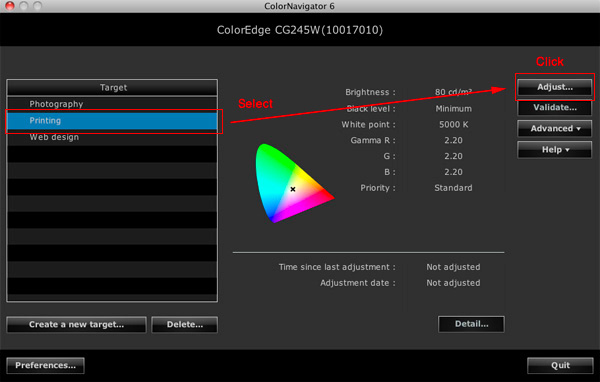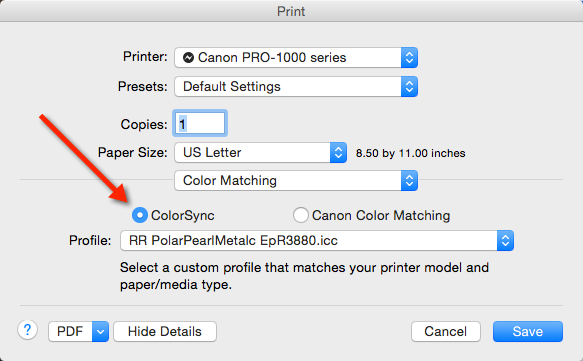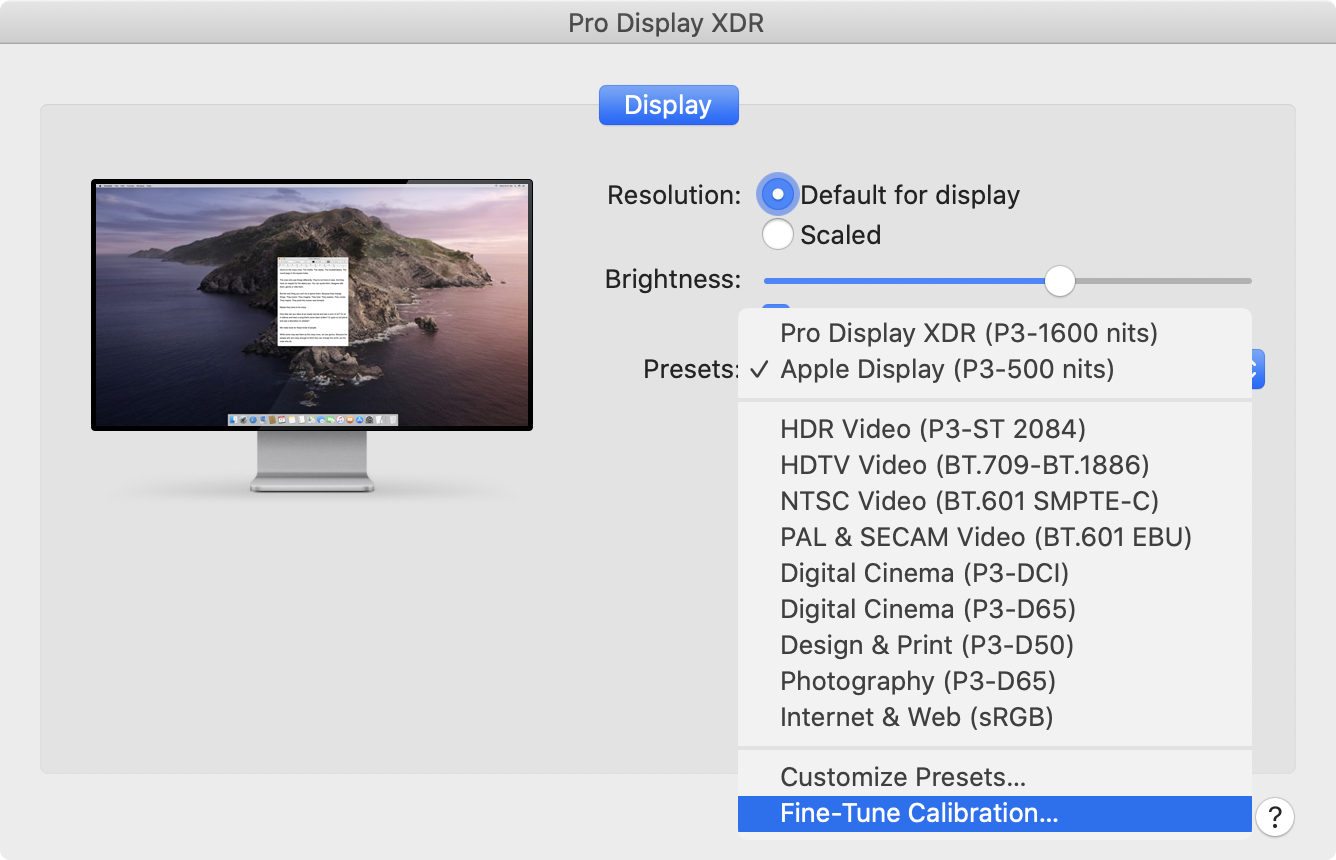

- MAC COLOR CALIBRATION SOFTWARE FOR PRINT INSTALL
- MAC COLOR CALIBRATION SOFTWARE FOR PRINT PROFESSIONAL
- MAC COLOR CALIBRATION SOFTWARE FOR PRINT WINDOWS

MAC COLOR CALIBRATION SOFTWARE FOR PRINT WINDOWS
Higher-end applications, such as Adobe Photoshop and Illustrator, however, get their instructions for displaying colors from Windows ICC profiles, unless you tell them to do otherwise. In Windows 10, where color management is built into the core of the OS, most applications reproduce colors based on the models in these profiles.
MAC COLOR CALIBRATION SOFTWARE FOR PRINT INSTALL
When you install your printer and monitor drivers, often that includes installing manufacturer-generated ICC profiles. Among other things, hardware calibration kits help you create ICC profiles. Since colors are created from values and percentages in the various devices' ICC profiles, the idiosyncrasies of each individual device shouldn't (theoretically) affect the way each one outputs colors. With ICC profiles, each device creates color based on its own color spaces, and each color space uses specific values to reproduce colors. One of the greatest benefits of hardware calibration of each device in your workflow (the monitor, the printer, and even your scanner) is that they allow you to create device-independent ICC (International Color Consortium) profiles. Suffice it to say, though, in my opinion, professionals should invest in a calibration device or colorimeter. Besides, calibration kits come with their own instructions. However, each product handles the calibration process a little differently, to the extent that I can't walk you through the hardware calibration routine here. Without question, hardware calibration is the most accurate. They range in cost from just less than $100 to more than $500. Monitor calibration kits and/or monitor-printer calibration kits have been around for some time now and many of them work quite well. Generally, there are two ways to calibrate your monitor: with software or using special calibration equipment. The multiple presets allow me to calibrate the monitor to several different work environments and variables and easily switch between them as needed. Having all those controls allows me to do some rather intricate color tweaking. My 30-inch graphic design monitor, for instance, comes with more than 10 presets, including RGB, sRGB, and Adobe RGB, with the ability to edit, create, and save others, as well as the ability to adjust color levels, gamma, hue, saturation, gain, and much more. The more high-end your monitor is, typically, the more controls it has for adjusting display parameters, such as brightness, gamma, saturation, individual RGB levels, and so on.

Their manufacturers assume that you'll be doing more basic office tasks, such as running Microsoft Office programs, reading and writing emails, and following social media. In fact, if you're a professional-and your living is dependent on the quality of your work-you should, of course, buy the best equipment you can afford.Įveryday displays that cost $200 to $500 aren't really designed for photo editing and design work.
MAC COLOR CALIBRATION SOFTWARE FOR PRINT PROFESSIONAL
Whether you are a professional desktop publisher, photographer, graphic artist, or a novice or hobbyist, the quality of your equipment is highly important. The more colors you tack on to your color model, the wider the range of colors (known as the color "gamut") the device can reproduce, and the more difficult it becomes for monitors and printers to output matching colors. Although it's important to note that many photo printers may start with the basic CMYK process color model, they deploy as many as 12 ink colors. Monitors combine red, green, and blue (RGB) to display the colors you see, while most printers combine cyan, magenta, yellow, and black (CMYK) to reproduce colors. In other words, they use different color models to produce the same hues. Why? Well, the simplest answer is that monitors and printers see colors differently. Red fruit on a monitor, for instance, comes out orange, chartreuse, neon, or plastic-looking bright red.

Since the early days of desktop publishing, photo editing, and graphic design, professionals, budding professionals, and hobbyists alike have had to deal with color shifts-seeing one color on a monitor but getting different results when the document, photograph, or artwork prints.


 0 kommentar(er)
0 kommentar(er)
